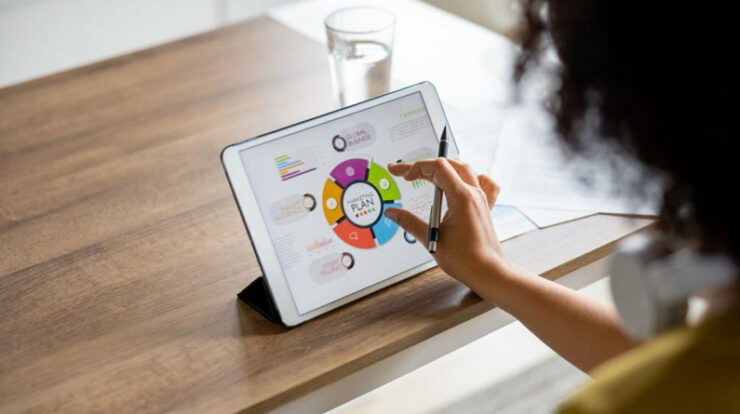Following the pandemic, the world is slowly adjusting to the new ‘normal’. to protect ourselves from the spread of the novel coronavirus, we have changed the way we shop, learn, work, communicate and exercise. While we can observe the immediate effects of the pandemic on our lives, there is no clear indication of what awaits most businesses in the future.
Most businesses have had to transform their entire operation to meet up with the new needs of clients and employees. Staff are now having to work remotely and for companies to maintain effective communication with their employees, they need to implement HR management systems that are highly proficient to ensure that managers and employees can be regularly updated concerning all the tasks that need to be accomplished.
In the COVID-19 era, the new acceptable way of working is governed by practices that appropriately reward employees with favourable working conditions, bonuses, and training programs. It has become the main focus of companies to achieve a working dynamic that benefits both the managers and workers. A Study showed that most companies have effectively adjusted their working system during this pandemic.
What’s now accepted as a good workplace is one that encourages the view of your employees as assets alongside their managers which promotes a more flexible allocation of the workload. To implement this trend, HR teams will need all the available information for planning the employee schedule. Concepts like shift planning, banked hours, and overtime levels can be reviewed to ensure high productivity.
With that in mind, the rest of this article will now explain how hr systems have evolved and what the future holds in store for them.
Evolution of HR Systems
Regardless of the size of your company, the relevance of a human resource management system is undeniable. Without HRM systems, it will be increasingly difficult for organisations to collaborate seamlessly on some projects. These systems were first introduced with basic features that covered talent acquisition, training management, employee management, holiday and absence management, amongst other aspects. These various online modules have increased the functionality of HR systems and it has made life much easier for businesses of all sizes to manage all the different aspects concerning HR management.
Now, these HR systems are made to be cloud-based which means less cost of infrastructure or maintenance for companies. Also, they are more engaging and communicative since it allows many people in the organisation to access useful applications for resolving their needs.
What Post-COVID-19 may Look Like for HR
For companies resuming operation from the lockdown, there are a handful of things to put in place before declaring your operations to be back on track. To adhere to the workplace COVID-19 protocols and give workers the time to adjust to the new arrangement, the return-to-office plan has to include some elements like physical office restrictions, a staff survey, and internal communications.
A human resource specialist must carry out a risk assessment to ensure that the company adheres to all the enforced control measures, like buying hand sanitiser, social distancing and mask-wearing, against the spread of the virus.
In addition to that, it may be necessary to reconfigure your physical offices to keep your employees safe while working during the pandemic. Working spaces that were formerly adapted to an open-planned office will have to be partitioned. It is recommended that you completely abandon space-optimisation techniques like hot desking. Also, most offices that have not been occupied in a while will require some form of deep-cleaning.
The HR team of your company will have to set up the employee schedules to accommodate only a handful of workers per office area. As far as hiring new employees to go, organisations will have to adopt a new method as opposed to the pre-Covid era. Remote hiring will likely remain a trend in getting new talents for your teams. HR specialists may now miss out on picking on subtle cues like body language and handshake ‘feel’ since most interviews take place now over video chat or phone calls.
When it comes to the onboarding experience, then companies will have to operate remotely with the specialists engaging with the new employees over video support. Several organisations across diverse industries are now adapting this remote onboarding and they even set up the new employee with the necessary hardware and HR software required for getting their jobs done.
Additionally, companies will have to offer guidance to the new stater will they are familiar with the company’s operations and values.






